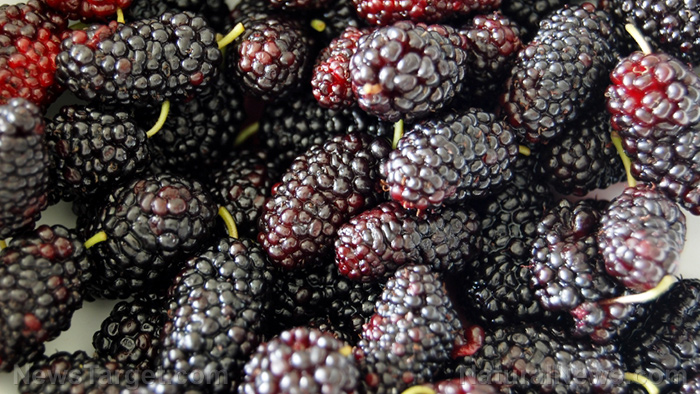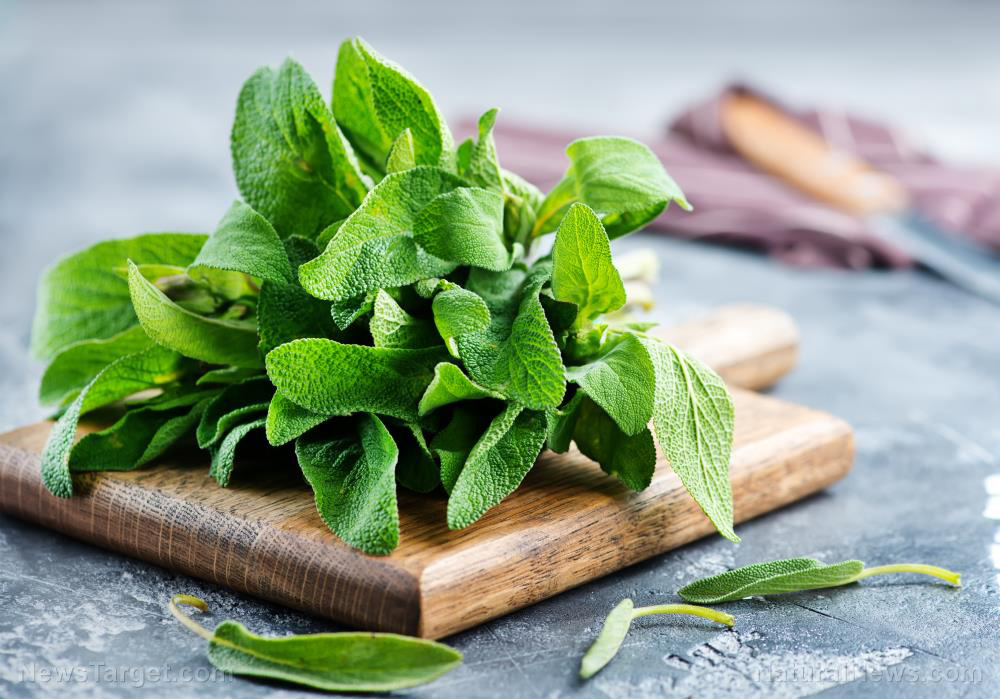
Advertisement
Mulberries are fruit-bearing plants known for producing colorful berries. These fruits, which come in different colors, can be used for many things: They can be eaten as snacks or used to make beverages, or even taken as medicine. According to studies, mulberries have the ability to lower blood sugar levels, making them potent anti-diabetic agents. In China, a particular species of mulberry called Morus alba, or white mulberry, has been used for centuries not only to manage diabetes, but also to improve eyesight and protect against liver damage. Research also suggests that mulberry leaves possess the same anti-diabetic properties as the fruits and can reduce the spike in blood glucose even when ingested with sugars like sucrose.
The nutritional and phytochemical profile of mulberries
Different species of mulberries exist around the world. The most common ones include the red variety (M. rubra), the black variety (M. nigra), and the white variety. In China, white mulberry trees and cultivars are grown especially for silkworms, which feed exclusively on mulberry leaves. Different colored mulberries are used to make canned fruits, teas, jams, fruit juices, and even wines.
Fresh mulberries contain about 88 percent water, which is why they are considered insipid. This lack of flavor is usually circumvented by drying the fruits under the sun. When dried, mulberries make great substitutes for raisins. Per 100 g of mulberries, people can expect to get 43 calories, plus the following nutrients:
- Carbohydrates, 9.8 g
- Fat, 0.4 g
- Fiber, 1.7 g
- Protein, 1.4 g
- Sugar, 8.1 g
The carbohydrate content of mulberries is mostly simple sugars like fructose and glucose, while the dietary fiber in them is 25 percent pectin, a soluble fiber, and 75 percent lignin, an insoluble fiber. (Related: 5 benefits of mulberries for skin, hair and health.)
In terms of phytonutrients, mulberries are rich in beneficial active components. These include:
- Anthocyanins
- Chlorogenic acid
- Cyanidin
- Myricetin
- Rutin
Anthocyanins are known antioxidants that stop the oxidation of bad cholesterol. Chlorogenic acid is also an antioxidant commonly found in fruits and vegetables. Cyanidin is a type of anthocyanin and pigment that gives mulberries their red, black, or purple color, while myricetin is said to have anti-cancer properties. Rutin also serves as an antioxidant that helps protect against chronic diseases like cardiovascular disease, cancer, and diabetes.
Mulberries are an effective natural treatment for diabetes
Aside from their cholesterol-lowering properties, mulberries are best-known for their ability to reduce blood sugar levels. In a study that used mulberry fruit extracts, researchers reported that two polysaccharides, MFP50 and MFP90, caused a significant decrease in the fasting glucose, fasting serum insulin, insulin resistance, and triglyceride levels of diabetic rats after seven weeks of treatment.
A separate study also reported similar results, plus an added benefit of mulberries in the form of increased natural antioxidant activities. Meanwhile, another study reported that the anthocyanins in mulberries can also decrease cholesterol levels, insulin resistance, and leptin resistance. Leptin is a hormone produced by fat cells that inhibits hunger and promotes satiety. Leptin resistance is linked to obesity.
In a study published in the journal Diabetes Care, American researchers made a slight change in their methodology. Instead of using mulberry fruit extracts, they decided to use mulberry leaf extracts, which have also been reported to have anti-diabetic activities. For their experiment, they recruited 10 young and healthy participants as control and 10 participants with Type 2 diabetes. While some of these participants received mulberry leaf extracts along with 75 g of sucrose, others received a placebo with the sugar.
After one week, the researchers looked at daily blood test results and found that mulberry leaf extracts significantly reduced the increase in blood sugar caused by the ingestion of sucrose. They attributed this effect to mulberry’s ability to inhibit intestinal sucrase — an enzyme that aids in the breakdown of sucrose — and induce sucrose malabsorption. The researchers also noted the activity of chemical components of mulberry like fagomine, which induced insulin secretion, and antioxidants that reduced fat oxidation.
Mulberries are useful fruits that can help patients manage diabetes. For efficient blood sugar-control, add these amazing superfoods to your diet.
Sources include:
Advertisements







